Introduction
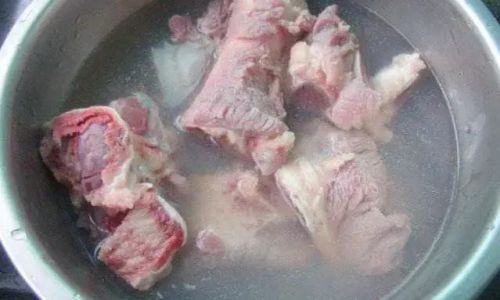
Big bone soup, a timeless culinary treasure cherished across cultures, is more than just a dish—it’s a labor of love that transforms simple ingredients into a nourishing elixir. Rooted in tradition and revered for its comforting warmth, this soup has graced tables for centuries, offering a blend of rich flavors and health-boosting properties. Whether you’re a novice cook or a seasoned home chef, mastering the art of simmering a perfect pot of big bone soup requires patience, attention to detail, and a deep appreciation for the alchemy of ingredients. This guide will walk you through every step, from selecting the finest bones to achieving a broth so velvety and aromatic it could soothe even the weariest soul.
The Foundation: Choosing the Right Bones
The cornerstone of exceptional big bone soup lies in the quality and type of bones you select. While beef, pork, and even lamb bones can be used, each imparts a distinct flavor profile. Beef marrow bones, for instance, are prized for their gelatinous richness, which thickens the broth and imparts a luxurious mouthfeel. Pork bones, on the other hand, offer a milder sweetness, while lamb bones contribute a gamey depth. For a hybrid flavor, consider combining bone types.
When shopping, look for bones with visible marrow cavities and a healthy pinkish hue. Avoid those that appear dried out or discolored. Butcher shops and specialty markets often carry high-quality bones, but don’t hesitate to ask your local grocer to source them for you. Many cultures also use joints like knuckles, necks, or oxtails, which add collagen-rich connective tissue—a secret weapon for a silky, gelatinous broth.
Preparation: Cleaning and Roasting
Before simmering, bones require meticulous preparation to eliminate impurities and enhance flavor. Start by rinsing them under cold water to remove any residual blood or debris. For a deeper clean, some chefs soak bones in a vinegar-water bath for 30 minutes; the acid helps dissolve minerals and tenderize the meat.
Roasting is a game-changer. This step caramelizes the bones and any attached meat, unlocking umami-rich flavors that would otherwise remain dormant. Preheat your oven to 400°F (200°C), place the bones on a baking sheet, and roast for 30–45 minutes until golden brown. For added complexity, toss the bones with a drizzle of olive oil, crushed garlic, and fresh herbs like rosemary or thyme before roasting. The aroma alone will make your kitchen feel like a five-star restaurant.
Parboiling: The Secret to a Crystal-Clear Broth

Even after roasting, bones may retain impurities that can cloud your broth. Parboiling—a brief pre-cook—eliminates this issue. Fill a large stockpot with cold water, add the roasted bones, and bring to a rolling boil. After 5–7 minutes, you’ll notice grayish foam rising to the surface. Skim this off meticulously using a spoon or fine-mesh sieve. Discard the water, rinse the bones once more, and wipe out the pot. This step ensures a pristine,澄清 (clear) broth free of off-flavors.
The Simmer: Low and Slow Wins the Race
Now comes the heart of the process: simmering. Return the parboiled bones to the pot and cover them with fresh cold water. The golden rule here is never boil aggressively; a gentle simmer preserves the broth’s clarity and allows flavors to meld harmoniously. Bring the water to a bare simmer—just a few bubbles breaking the surface—and maintain this temperature throughout cooking.
For beef bones, aim for a 12–24 hour simmer; pork or lamb bones may require 8–12 hours. This extended cooking time extracts collagen from the bones, turning into gelatin, which gives the broth its body and health benefits. If time is a constraint, a pressure cooker can reduce the process to 4–6 hours, though the depth of flavor may differ slightly.
Flavor Enhancers: Vegetables, Herbs, and Aromatics
While bones form the broth’s backbone, vegetables and herbs elevate it to gourmet status. Classic additions include onions, carrots, celery, garlic, and bay leaves. For a Mediterranean twist, try tomatoes, fennel, or oregano. In Asian-inspired broths, ginger, star anise, and scallions shine.
Roughly chop the vegetables—no need for precision, as they’ll be strained later. Add them to the pot about an hour after simmering begins to prevent overcooking. Herbs like parsley, thyme, or peppercorns can be tied in a cheesecloth bundle (a “sachet d’épices”) for easy removal later. Avoid overly assertive spices like cinnamon or cloves, which can overpower the broth’s subtlety.
The Science of Skimming
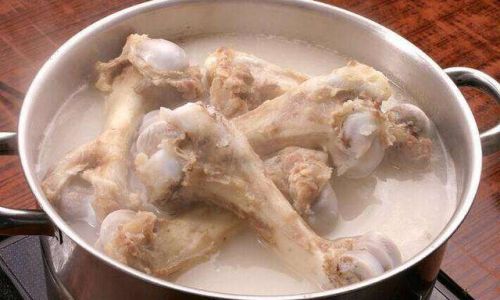
Throughout simmering, a layer of fat and impurities may rise to the surface. Skim this off regularly using a spoon or ladle. While some fat adds richness, excessive amounts can leave the broth greasy. For a leaner result, refrigerate the broth overnight; the fat will solidify on top, making removal effortless.
Seasoning: Timing Is Everything
Resist the urge to salt the broth early. Adding salt too soon can tighten the meat’s proteins, resulting in a tougher texture and less flavorful broth. Instead, season generously with kosher salt and freshly cracked black pepper during the final 30 minutes of cooking. Taste and adjust—the broth should be savory but not overly salty, as it will reduce further if cooked down.
Serving Suggestions: Beyond the Bowl
Big bone soup is incredibly versatile. Sip it plain as a restorative tonic, or use it as a base for pho, ramen, or chowder. For a hearty meal, add noodles, rice, or shredded vegetables. Leftover broth can be frozen in ice cube trays for easy access to flavor bombs for sauces, gravies, or pilafs.
Garnishes elevate the experience. A drizzle of olive oil, a sprinkle of fresh herbs, a squeeze of lemon, or a dash of chili flakes can transform a simple bowl into a culinary masterpiece. Pair with crusty bread or a side of pickled vegetables for balance.
Troubleshooting Common Pitfalls
- Cloudy Broth: Caused by boiling too vigorously or not parboiling. Stick to a gentle simmer and parboil next time.
- Weak Flavor: Ensure adequate roasting and simmering time. Add a splash of fish sauce or soy sauce for umami depth.
- Bitter Aftertaste: Over-roasting bones or herbs can cause bitterness. Roast until golden, not charred, and remove herb stems before serving.
Storage and Reheating
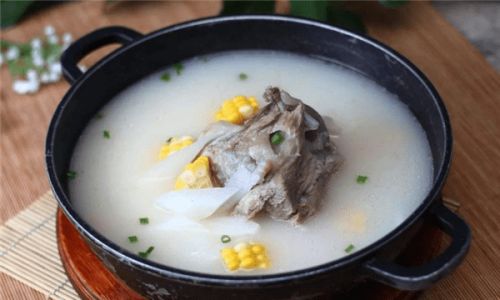
Properly stored, big bone soup can last up to a week in the refrigerator or 6 months in the freezer. Use airtight containers, leaving an inch of space for expansion. Reheat gently over low heat to preserve flavors.
Cultural Variations and Personal Touches
The beauty of big bone soup lies in its adaptability. In Vietnam, pho broth is spiced with star anise and cinnamon; in Mexico, caldo de res features chili peppers and lime. Experiment with miso paste, turmeric, or coconut milk for global twists. Add mushrooms for earthiness or apples for a hint of sweetness. The possibilities are endless.
Conclusion: The Reward of Patience
Crafting the perfect big bone soup is an act of mindfulness—a reminder that good things come to those who wait. Each step, from roasting to simmering, builds layers of flavor that no shortcut can replicate. Whether you’re nursing a cold, hosting a dinner party, or simply craving a taste of home, this soup delivers comfort in every spoonful. So gather your bones, fire up the stove, and let time work its magic. Your future self—and anyone lucky enough to share your table—will thank you.
Final Tips for Success
- Use a tall, narrow pot to minimize evaporation.
- For a richer broth, add a tablespoon of apple cider vinegar or tomato paste during simmering to help extract minerals.
- Don’t discard the cooked bones! The meat can be shredded for tacos or salads, and the bones make excellent garden compost.
With practice, you’ll develop an intuition for balancing flavors and textures. Soon, your big bone soup will become a signature dish—a testament to the power of simplicity, patience, and a whole lot of love.
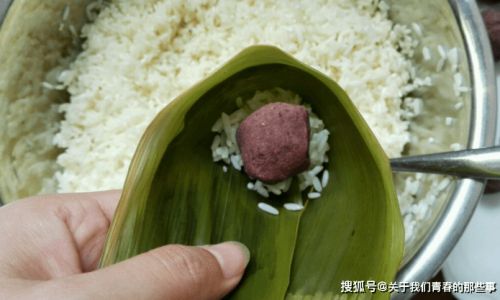

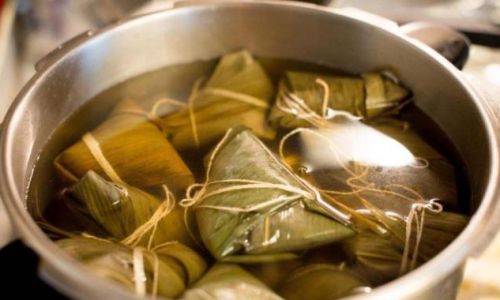
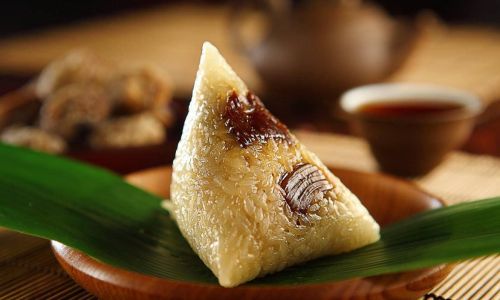

0 comments